When someone shares something personal, they aren’t always asking for advice. Often, they just want to be heard. If every conversation turns into a lesson, people start censoring themselves. They think twice before sharing anything honest or vulnerable. That’s how distance begins, not always from silence but from self-protection. When we train ourselves to listen without planning a reply, people start speaking more. They feel safe, not because we agree, but because we don’t immediately fix, judge, or dismiss. That’s a beginning, not an end.
It’s hard to speak when the room feels like it’s already made up its mind
Tone is often louder than words. A raised eyebrow or a sigh can silence more than shouting. Environments can be noisy even when no one is talking. If someone walks into a space and senses tension, they stop short. They measure their words, filter their feelings, and wait for a safer time. That time doesn’t usually come. It’s not about agreeing with everything said. It’s about showing you’re still open to the person saying it. That shift makes all the difference in what comes out and what stays inside.
If people don’t feel safe, they perform, not express
Most of us grow up learning how to read a room. It’s survival. We become experts at knowing when to speak, how to say things right, and what to leave out entirely. That’s not openness. That’s performance. And it’s exhausting. A safe space isn’t one where everyone’s feelings are coddled. It’s a space where authenticity isn’t penalized. When people stop editing themselves to keep peace, real communication begins. Not because it’s comfortable—but because it’s honest. And honesty is never that tidy.
Safety doesn’t mean comfort—it means not fearing punishment
There’s a difference between feeling safe and feeling comfortable. Safe means you can speak without fearing consequences. It doesn’t mean what you say won’t be challenged. But it does mean your character won’t be questioned. That distinction is often lost. In some places, even mild disagreement feels dangerous. When consequences follow transparency, people adapt by hiding. They don’t stop feeling—they just stop showing. Eventually, it’s not that they won’t talk. It’s that they’ve learned not to.
People test the water long before they dive in
When someone shares a small frustration or a quiet concern, that’s not random. That’s a test. They’re checking if you’re safe to open up to. If that moment is met with defensiveness, sarcasm, or avoidance, they retreat. Not because they don’t want to connect—but because they already know how the story ends. We often think deep conversations come out of nowhere. They don’t. They build slowly. If the small things are ignored, the big things never come.
If the loudest person always wins, others stop trying
Spaces where only dominant voices are heard become echo chambers. People with quieter styles begin to withdraw. Not because they lack ideas—but because their way of expressing isn’t welcomed. Open communication doesn’t mean equal airtime. It means equal respect. When silence becomes safer than speaking, communication hasn’t stopped—it’s just gone underground. And unspoken thoughts don’t disappear. They wait. Often until they explode.
People open up more when silence is not rushed
We rush to fill silence because it makes us uncomfortable. But silence can be an invitation. When someone pauses, they might be gathering the courage to say something real. If we jump in too quickly, that moment is lost. Safe spaces allow for slowness. For awkwardness. For uncertainty. These are signs of trust, not failures of fluency. A real conversation isn’t always smooth. It’s rarely efficient. But it’s where people start to show up for real.
It’s easier to talk when you know someone won’t leave mid-sentence
Reliability creates safety. If people feel you’ll disappear when the talk gets heavy, they’ll protect themselves. They’ll skim the surface. They’ll tell you what’s easy. But they won’t risk the deeper truths. Staying present, especially in moments of discomfort, signals care. Not fixing. Not changing the subject. Just staying. Most people don’t need perfect answers. They need to know you won’t vanish the moment things get complicated.
Words aren’t everything—people watch what happens after
What we do after someone opens up speaks louder than any supportive phrase. If their vulnerability is followed by gossip, withdrawal, or subtle punishment, they learn not to repeat the risk. Creating safety means being consistent. It means not using someone’s confession as future leverage. People remember who held their truth with care and who weaponized it later. Trust is fragile. Rebuilding it takes more than time—it takes change.
Safety isn’t a policy—it’s a pattern
You can’t declare a space safe. You build it through repetition. Through how you respond. Through how you show up even when it’s inconvenient. People don’t believe declarations. They believe patterns. If your words and your behavior don’t match, they notice. They might not say anything, but they adjust. Over time, they choose what to share based on how you’ve reacted before. Not once—but repeatedly.
Jokes can do damage when they land on wounds
Humor is often a defense. But it can also be a weapon. Especially in group settings. What feels like light teasing to one person can reopen old scars for another. When people laugh at the expense of someone’s identity, story, or pain, it’s not harmless. It’s educational. It teaches others what will and won’t be tolerated. Safe spaces aren’t humorless—but they are mindful. They understand that jokes, like words, carry weight.
The urge to defend can sometimes shut things down
When someone shares something hard, especially about us, the natural impulse is to explain. To clarify. To correct. But that often ends the conversation. Because it shifts the focus. Instead of hearing their experience, we’re now defending our intent. That dynamic doesn’t build connection. It builds walls. Safe communication means learning to pause. To sit with discomfort. To let someone’s perspective exist, even if it challenges ours.
You don’t have to understand everything to accept someone’s experience
People often wait until they fully understand a situation before they validate it. But some experiences don’t make immediate sense from the outside. They don’t fit into clean logic or familiar frameworks. Still, they are real. Safe communication means acknowledging this gap. It means recognizing that full comprehension isn’t a requirement for compassion. Sometimes “I believe you” matters more than “I get it.”
Privacy plays a huge role in emotional safety
Not all open communication happens in groups. Sometimes, the safest space is a quiet room with one trusted person. People don’t always want a team—they want a witness. If we push every conversation into the public eye, we risk turning vulnerability into performance. True openness often starts in private. Where there are no spotlights. No comment sections. Just two people, and a moment of truth.
When feedback is used as control, honesty disappears
Feedback is valuable. But only when it’s not weaponized. If every honest moment is followed by critique, people stop being honest. They begin editing themselves, trying to avoid the next correction. Safe spaces distinguish between sharing and scrutiny. They allow people to express before analyzing. And when analysis does come, it’s framed with care—not control. Otherwise, what we call feedback becomes silent censorship.
Nobody shares when they feel like a problem to solve
If people feel like their emotions are messes to clean up, they stop showing them. They hide their complexity. They pretend to be fine. Because being real starts to feel like being a burden. Safe spaces aren’t ones where no one struggles. They’re spaces where struggling isn’t met with sighs or discomfort. They’re spaces where people can exist as they are, not only when they’re easy to be around.
Source: Family Medicine Specialist in Dubai / Family Medicine Specialist in Abu Dhabi
